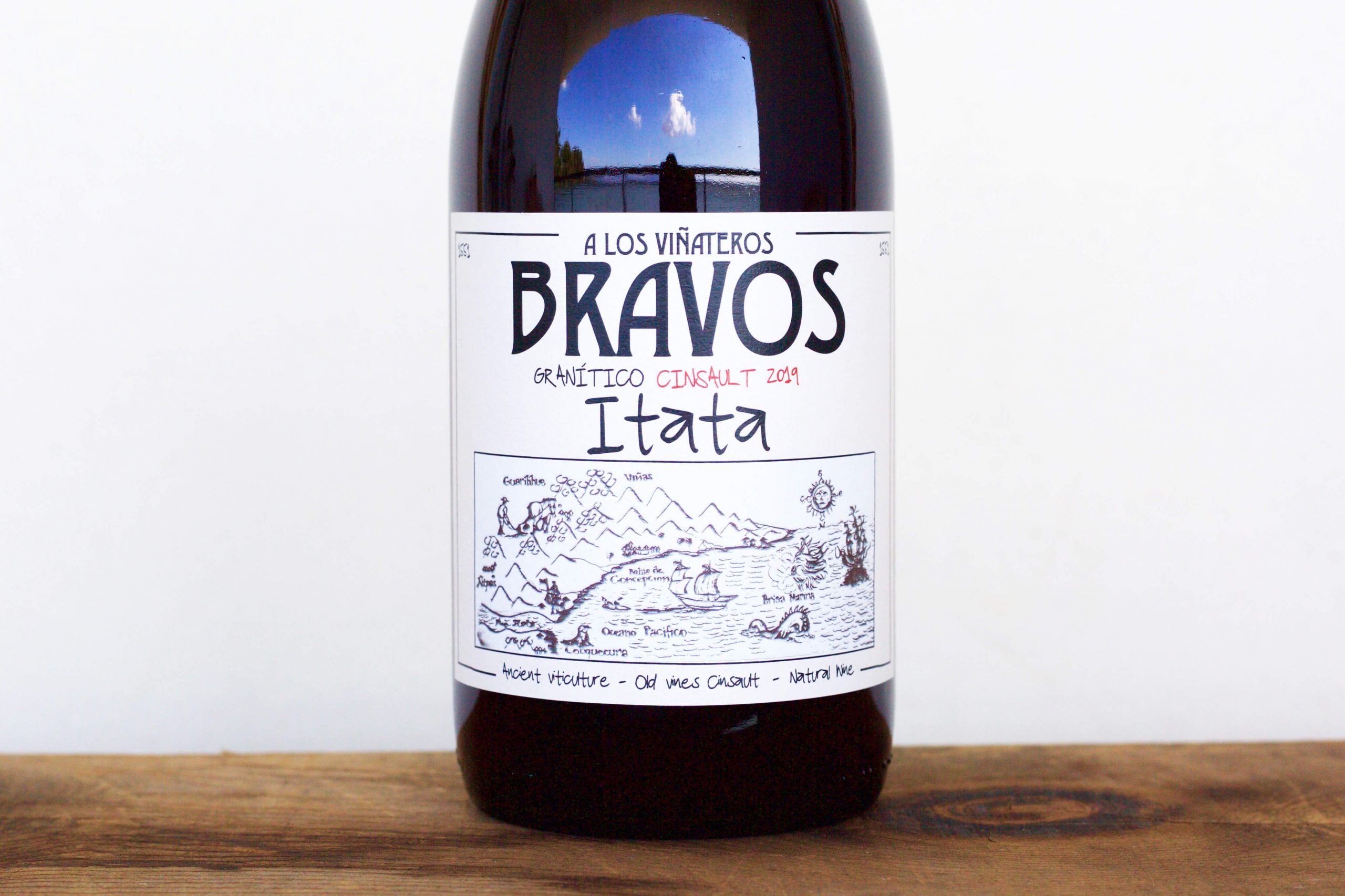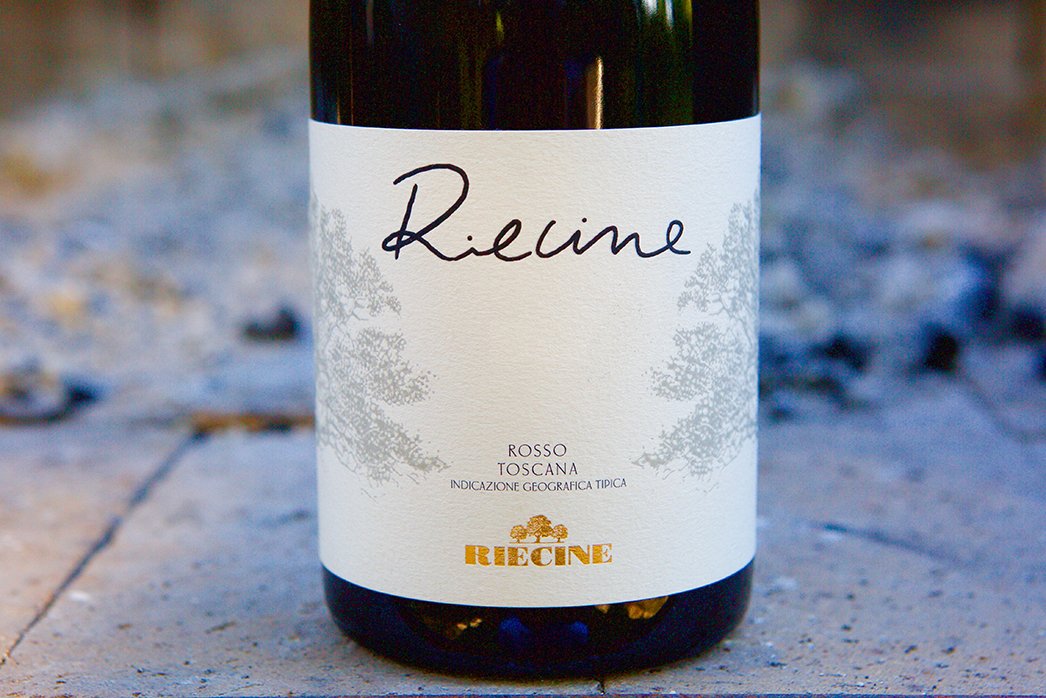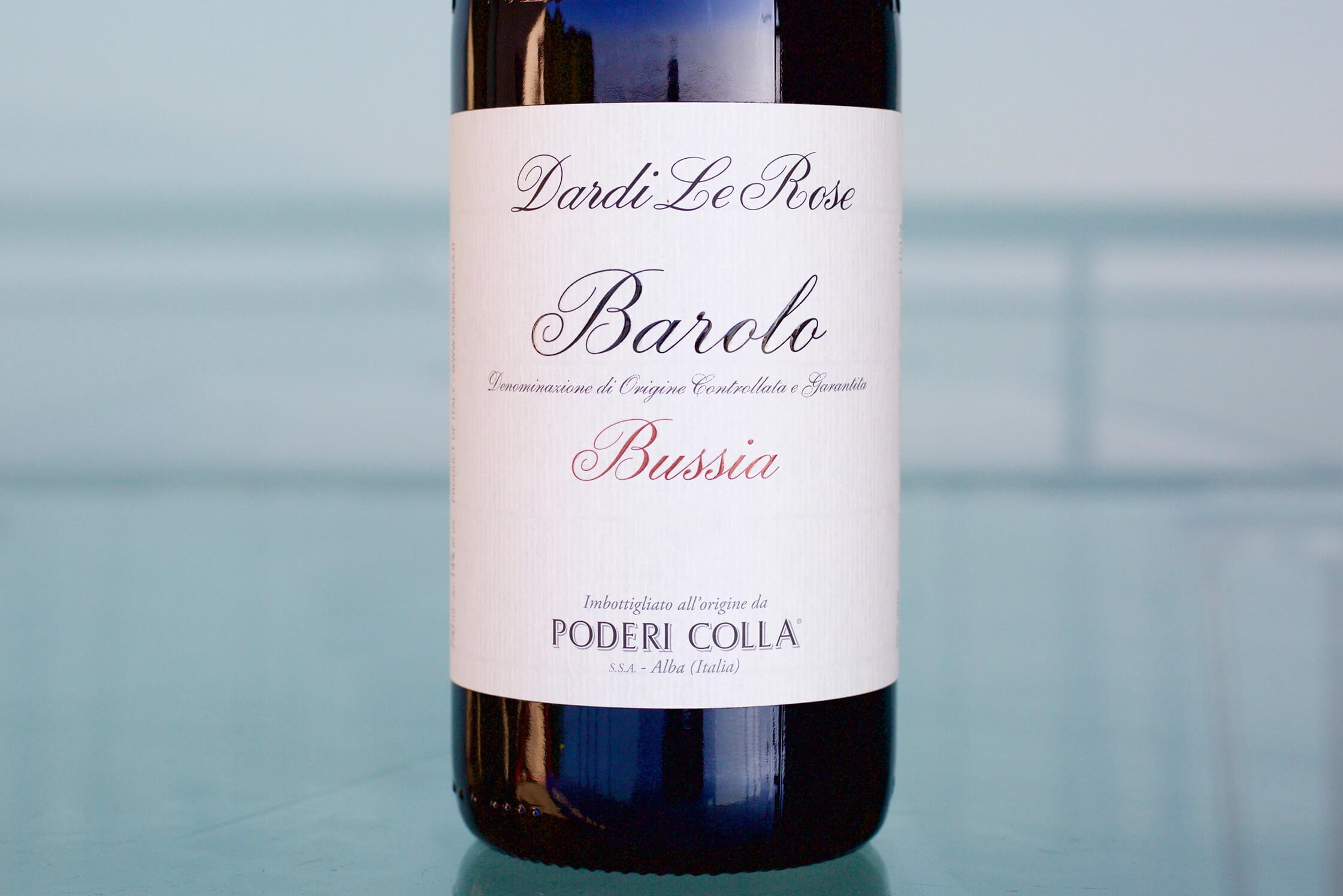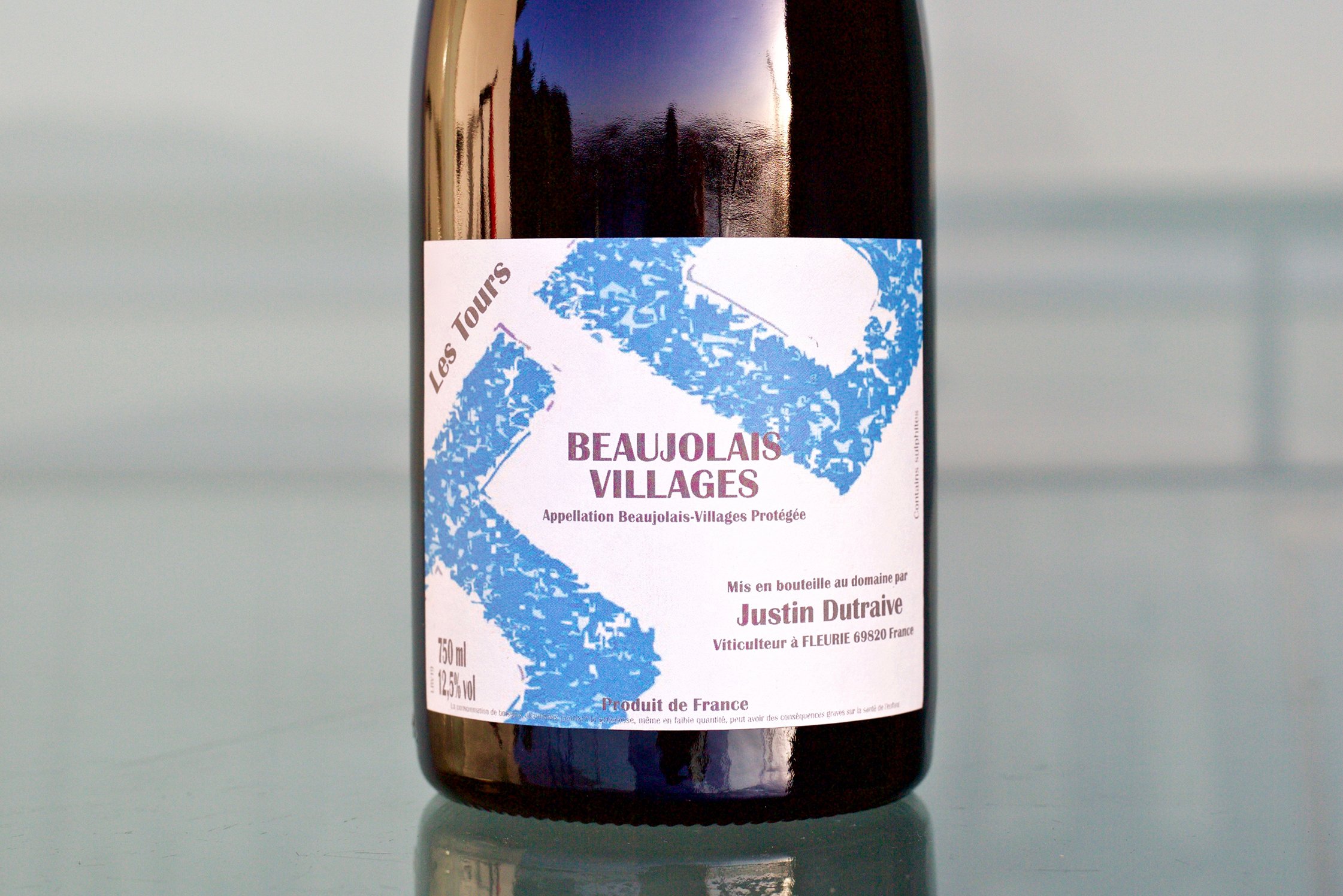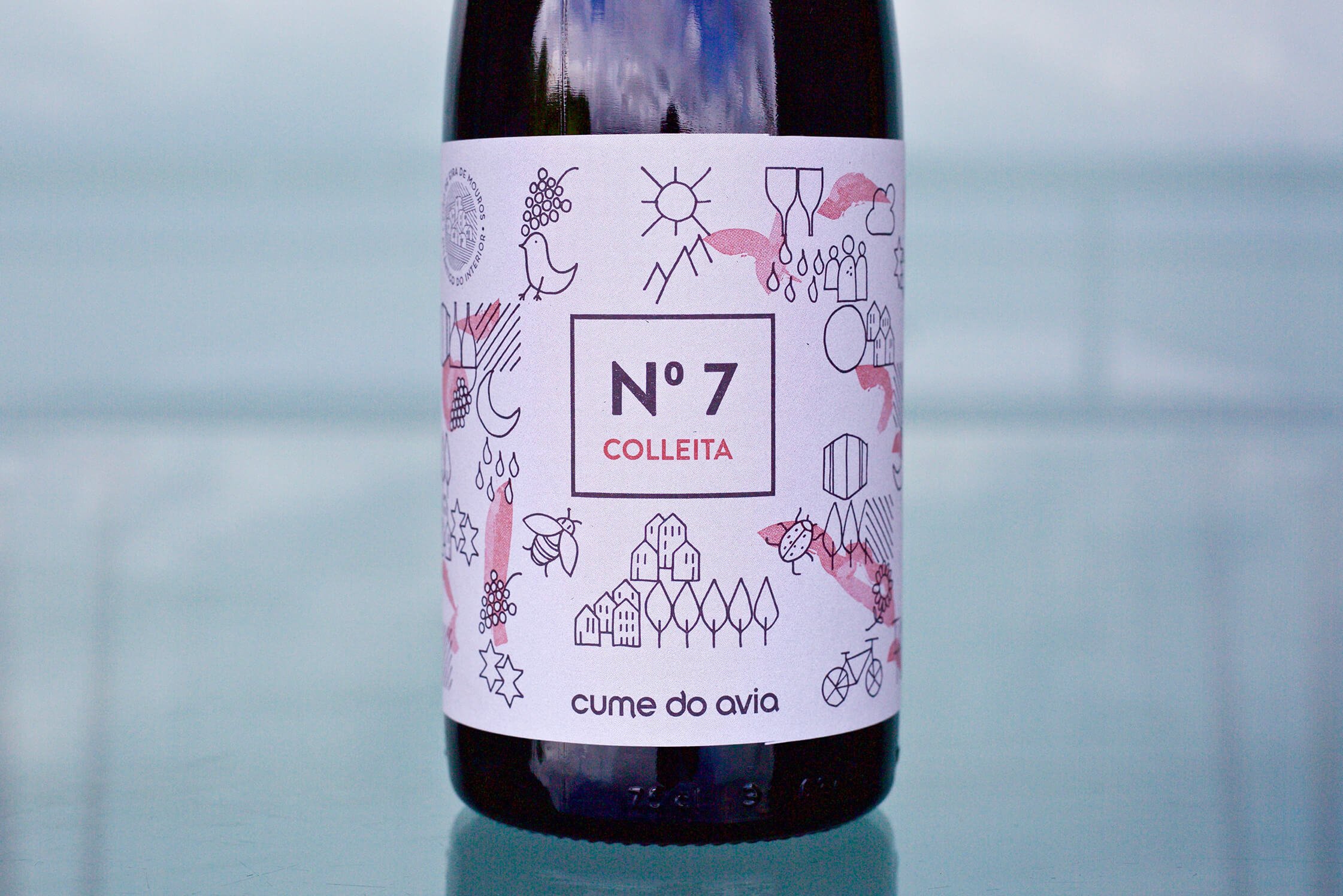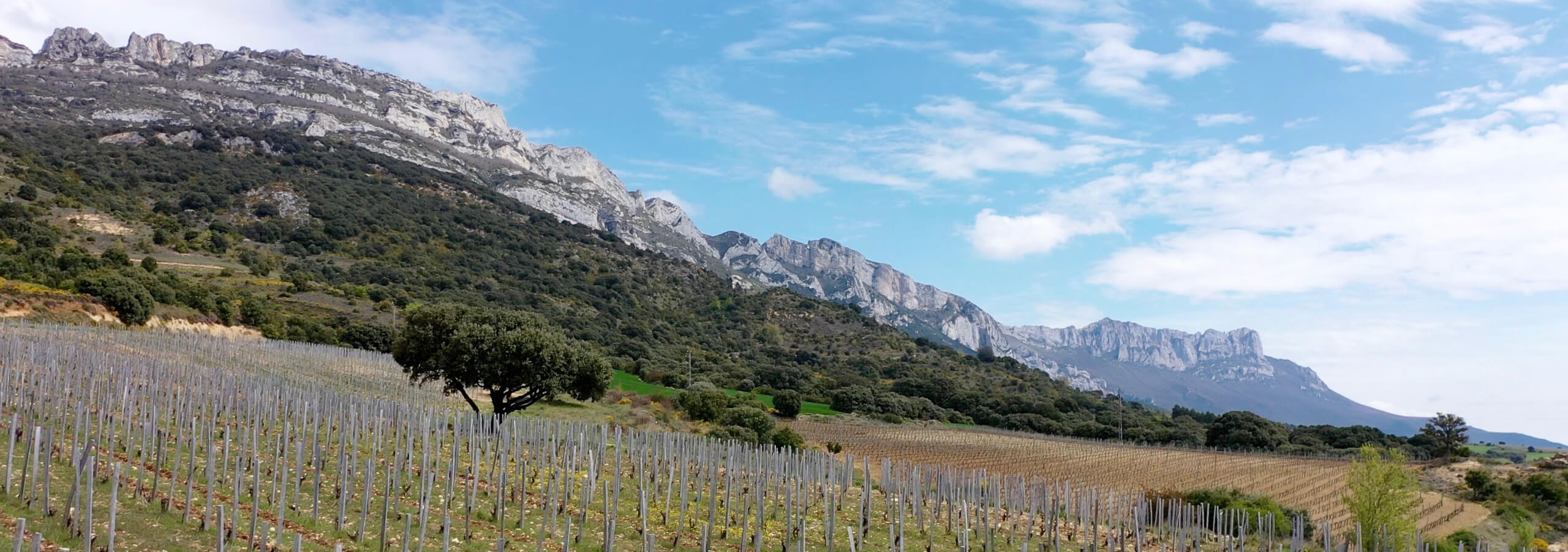
After more than six months, Andrea and I finally had an opportunity to get out of Portugal and into Spain. It’s been strange to be only twenty minutes away by car but unable to go for so long! Over the last three weeks we found our way through Galicia, Ribera del Duero, Rioja, Navarra, and finally, Txakoli—what a bunch of beautiful places! Of course we had to stop in San Sebastían for a weekend and got out just as the city was beginning to close its entry ports. We originally intended to go to France for two or three weeks in the middle of what was supposed to be a much longer trip to visit our friends and finally share some good news in person about the US market’s rebound, despite the unexpectedly long delays at the US ports. However, that good news would’ve been offset by another hard-hitting reality delivered by Jack Frost. Many crops were devastated throughout much of France and other parts of Europe, a couple of weeks ago, and the outlook for recovery this year is grim. Can we catch a break, please?
It’s been pretty tough for everyone over the last eighteen months. Of course, we’re happy about the recent progress in the US, but over here in Europe the stress level continues to rise, despite the improvements happening abroad where it seems like things are in fact rebounding, but because of the excruciatingly slow vaccine rollout, the light at the end of Europe’s tunnel still seems quite distant and immobile.
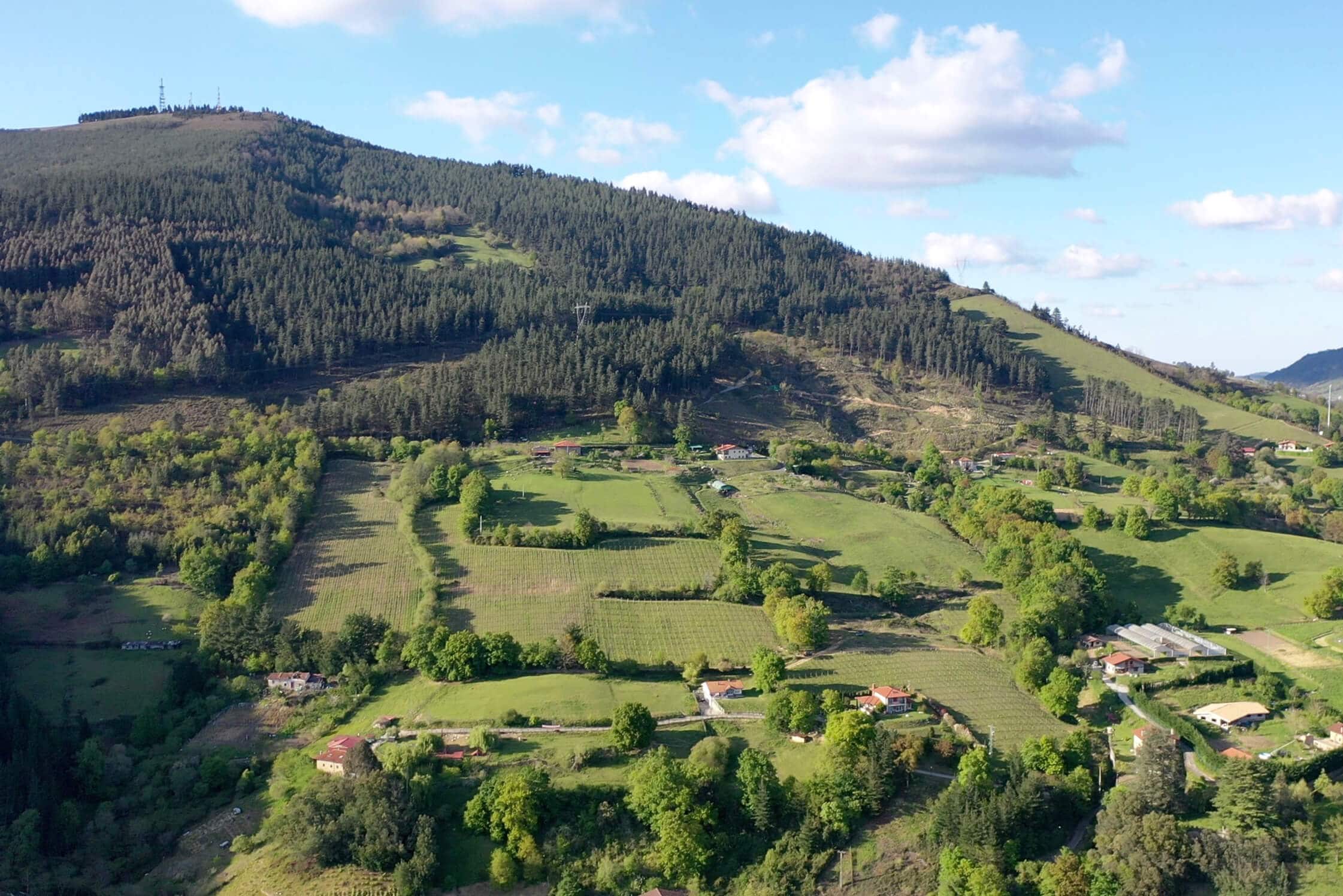
It’s an exciting time to be in Iberia and I am personally humbled by the open welcome we’ve received by the Spanish and Portuguese wine communities. Most of the producers we’ve met have no historical laurels to rest on, something that many of us can relate to. As I’ve said in previous writings on our experiences on the Spanish wine camino, we here at The Source are grateful for the inroads carved by other importers who waved the Spanish flag long before we did, back when few were interested in more backwater regions, and we hope that our effort to spread the word will help their businesses as well.
At the beginning of our trip we made stops to visit our guys in Galicia, and there’s so much to say about the Galicians and their inspiring wines. Things are constantly moving there, with a ceaseless rise of new, conscientious producers sprouting up nearly every month. The last leg of our trip was in Txakoli, yet another wine region that I know next to nothing about. I regularly step back to look at what is happening and come to the conclusion that this is such an exciting time for all of us in the wine world. There are so many lost, forgotten, and abused vineyard areas being nurtured back to health, one vine at a time, through a steady rebirth of old ideas and wisdom lost to the distant past, before global industrialization. There is an abundance of new tastes and smells, not just by way of tinkering in the cellar, but also terroirs that have been overlooked for generations in regions with less opportunity over the last century stifled by post-war economics, or the dictatorships that severely oppressed Portugal and Spain for decades after the last great war. Grapes and regions unknown to most of us from the States are suddenly coming into focus, and many local winegrowers even admit it’s hard to dig up historical information about their own region and its indigenous grapes. Blended and co-fermented white and red varieties are making a dent in the mono-varietal wine world, even for me! Many growers in Spain and Portugal regularly discuss the large, often multi-generation gap between them and the growers in the past and they continue to move forward by looking at their broken vinous history. The biggest whale in this area that seems on the path to breaching has to be Rioja.
Rioja was a central focus of our trip. We had a few visits set up there prior to going and we unexpectedly stumbled into a few more. One thing seems certain: Rioja is likely to no longer be a wine region that, beyond López de Heredia, only old-school wine people know anything about. Now there is a group of young, idealistic and revolutionary-minded growers there who, like in other uprisings in the wine world, are striving to do their best to bring their own historic wine region out of its dark age. The children of grape growers are ready for change and they’re taking it into their own hands by braving new enterprises, with the full support of their families and the strong work ethic inherent in grape farmers everywhere. All sparks start small, and while in other regions one could light a bonfire, a spark in Rioja might just detonate a bomb.
So, what is my motivation for digging into Rioja and its confusing story, while very few, if anyone, in the restaurant market seems to care about putting anything on their list besides López de Heredia? It’s simple: Rioja is Spain’s most historic red wine region. It has been known for centuries to be the flag-bearer of Spanish wines, and eventually these things have a way of coming back around. We don’t do this kind of importing just for the money and a good time. The intense effort we put into our work gives us all a sense of purpose, working to help the little guy make his way into the fold, because we’re little guys too. And while López de Heredia is responsible for producing some of the world’s most compelling and historic wines—with well-aged bottles that only ten years ago sold for a fraction of what they go for today while still seeming underpriced—there is far more to this region than some of these bigger bodegas that make their living on ratings.
While I am a virtual Rioja rookie (the last time I visited a vineyard here was on a bicycle trip in 2004), and new to much of the rest of Spain as well, I have clearly become accustomed to visiting Europe’s most talented and historic vineyards. Rioja is not even close to being a second-rate wine region, if one considers its historical reputation along with the obvious quality and diversity of its terroirs. It’s one of the top regions in all of Europe! Spain’s equivalent to France’s Burgundy and Bordeaux, Italy’s Piedmont and Tuscany, and Germany’s Mosel and Rheingau. It’s clear that Rioja is the real deal, a wine region with an unlimited potential to achieve the highest of the highs in wine quality.
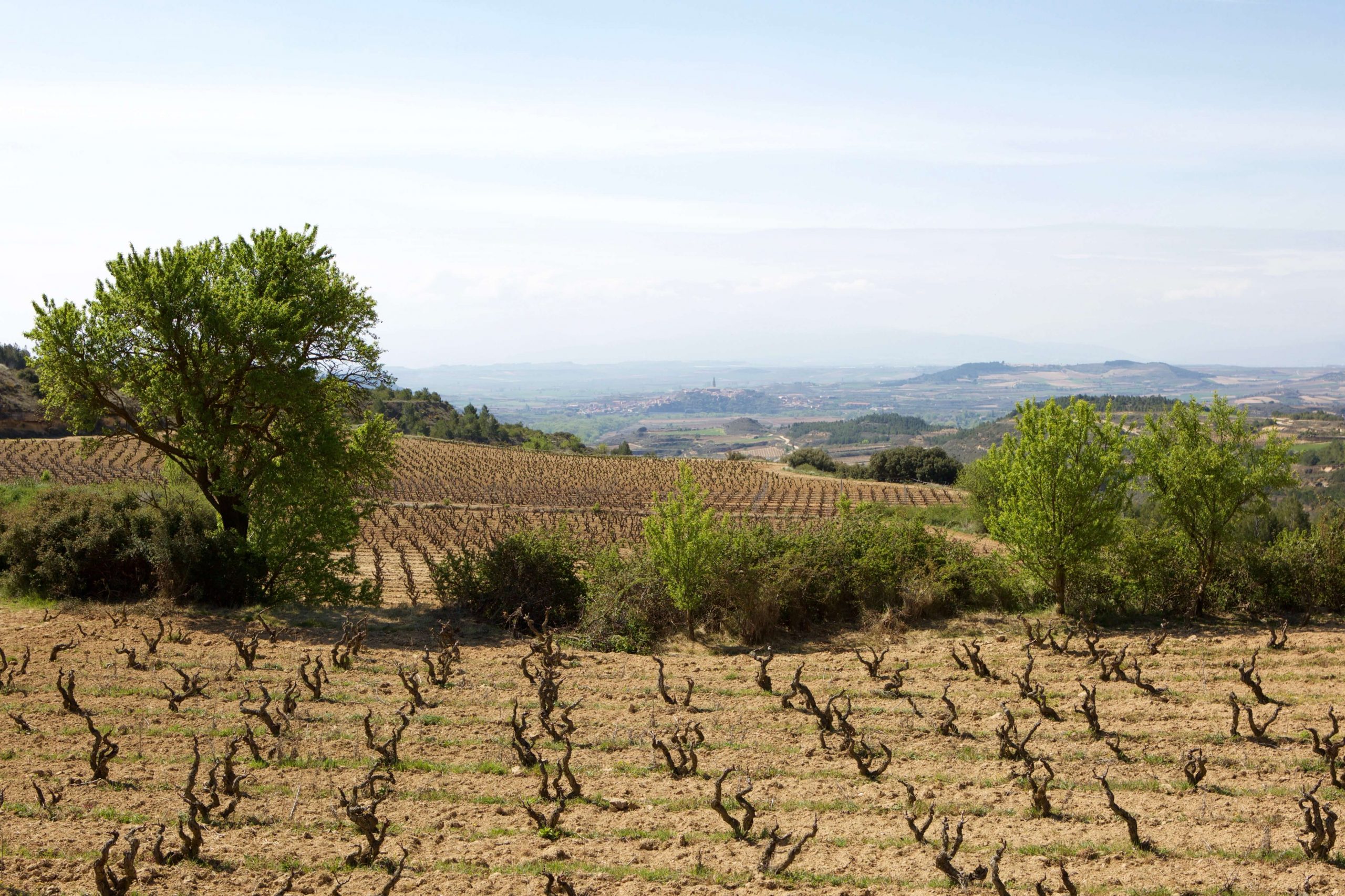
I’m writing this today after having lunch at Rekondo, a Basque institution of fabulous food and without a doubt one of the world’s greatest restaurant collections of old Spanish wines at unbelievably low prices, where we had a bottle of 1970 Viña Albina Gran Riserva. Recommended by the sommelier, it was a total winner. The wine list price was 99€, so only 2€ per year—what a deal! This winery is now known for inexpensive wines, and back then, as demonstrated by this bottle, they could produce enormously emotional wine that was also inexpensive at the time. It was gorgeous and memorable, with the umami aromatics of Spanish food culture and an enviable finesse that most Burgundies with this much age would have a hard time equaling let alone outshining them, on their best days. Rioja, promising? Sí, claro, tio!
While visiting a vineyard in Rioja Alta, just north of the historic medieval hillside village, San Vicente de la Sonsierra, the young and pleasantly idealistic pair, José Gil and Victoria (Vicky) Fernandez, explained their terroirs and the overarching climatic conditions with the cold winds from the Sierra Cantabria Mountains on the north side of the appellation. I was caught off guard when these winegrowers (whom I started to think of as young Jedi) explained that a major influence from the regional characteristics they hope to capture in their wines, aside from the obvious talent of their sandy, calcareous soils and ancient vines, are the matices (nuances) of the aromatic herbs running wild on the mountainsides and just on the edge of many vineyards; herbs like lavender, thyme, rosemary, and a slew of other high-desert plants whose aromatic resins and oils seem to stick to grape skins in micro doses and possibly infuse the wines with subtle notes of their scents. These micro doses—which may be aroma and flavor enhancers in wines—are likely absent in monoculture vineyard environments, particularly those in vast, flat areas where mechanization is easiest and far away from forested or untamed land. This duo’s vineyards are all above 500m, high for the region, which test the limits to achieve full phenolic maturity in most years. There is less Grenache planted in these colder parts due to its significantly longer growing season than Tempranillo—the early, little one. This altitude and proximity to the Sierra Cantabria Mountains just to the north also puts them in the direct path of these aroma-filled winds that rip up and down the mountains with the rising and setting of the sun. Whether or not they come from the plants directly, these aromas are evident in their wines, and many other Rioja wines, too. Their fabulous wines are bottled under the label José Gil, and we have the good fortune to represent them in the US.
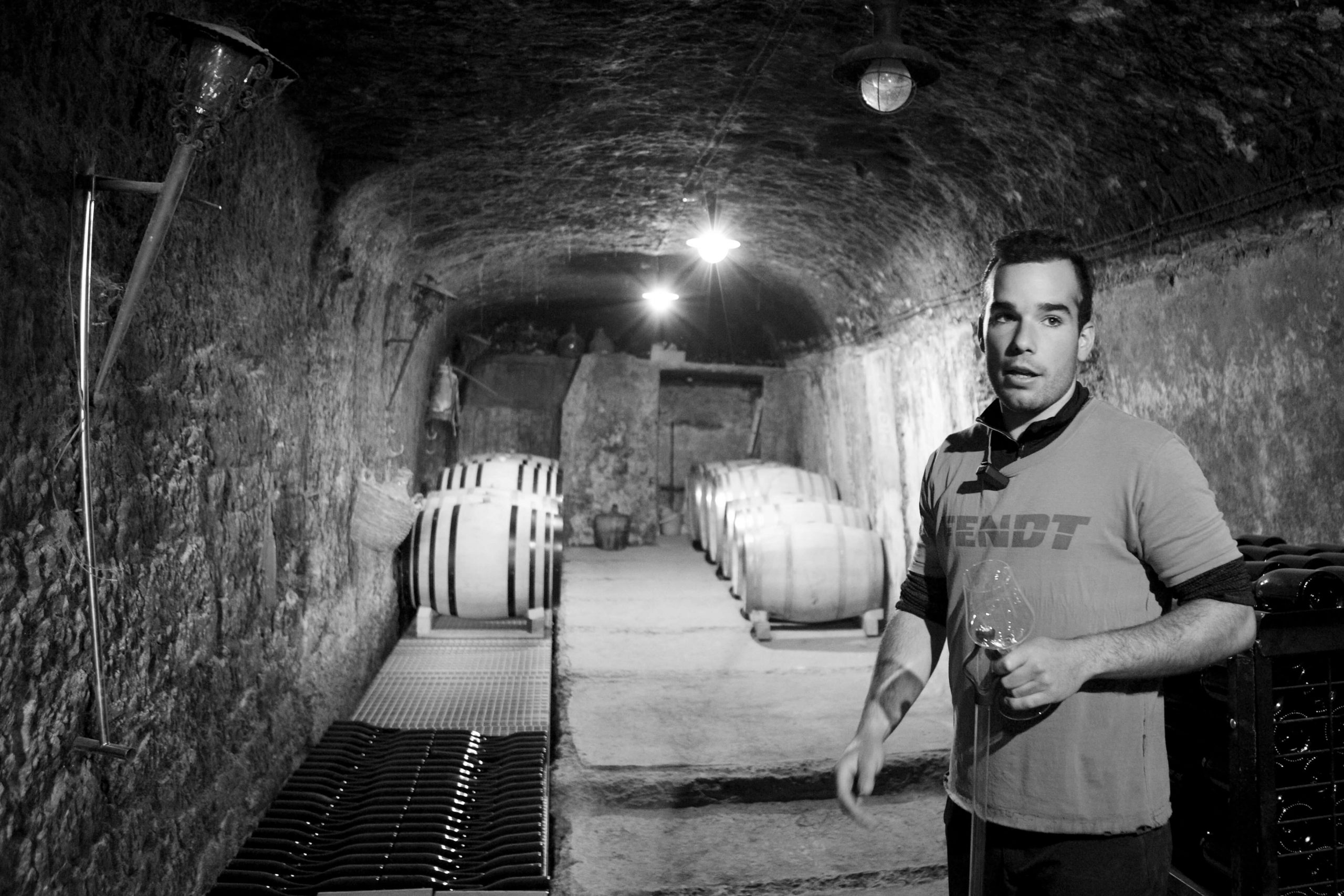
On the subject of herbs, in our first in-person visit with the Jon and Pedro from their exciting new project in Navarra, Aseginolaza y Leunda (their last names, respectively), I was able to procure some wild thyme from a few of their vineyard areas—yes, I’m telling a story about thyme; it’s my favorite herb… The most aromatic of the plants seemed to be a cross between lemon-thyme and lavender and was undoubtedly the most intoxicatingly exotic and ridiculously aromatic fresh thyme I’ve ever put under my nose. Perhaps it was because they were flowering and the flowers took it to a completely different level. These particular plants were growing in an ancient vineyard named Otsaka, not too far from Pamplona, which also had rosemary and lavender that were left to grow freely everywhere, even right next to the ancient vines—real biodiversity! The other thyme, a wild one growing on the opposite side of Navarra in the west, more than an hour away by car, was marked by a deep, frosty green and somehow emitted—believe it or not—the umami of many Spanish foods; it was like the thyme absorbed the smell of Jamon Ibérico and grilled Galician beef without having met them yet! I snipped a full bag’s worth as the guys laughed at my enthusiasm for this ubiquitous herb (or weed, as they see it) and promptly dried and picked them when I got home last week.
We visited a few other up-and-coming producers in Rioja working to redefine and restore the region to something similar to what it was like before phylloxera. It is possible that vines will grow in many parts of Rioja without American rootstocks, but sadly, it is now forbidden to plant without them. Maybe things will change. Today, it’s a region that suffers overwhelmingly industrial wine production, like many places on the Iberian Peninsula. A drive through much of Rioja reveals flat alluvial terraces littered with vines in some places with hardly any space left for a road to access the vineyards. But up on the hillsides there are greater separations between parcels due to the erratic erosional patterns of the sandy hills. Higher up, there are typically small plateau-like sections planted while the steeper sides of the hills surrounding them are uncultivated and wild; many are filled with aromatic brush, quite similar to what the French refer to as garrigue.
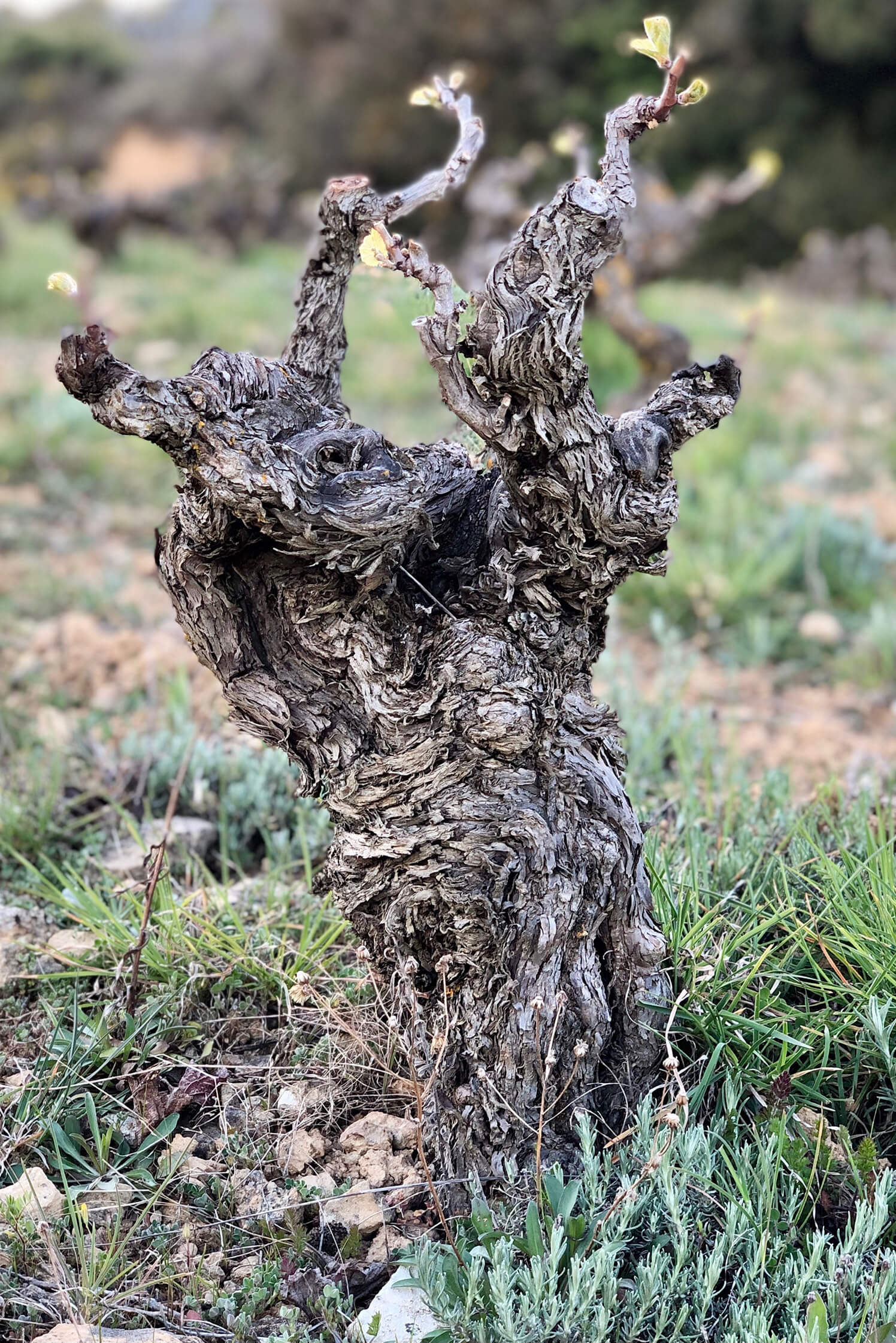
Still, because of the enormity of Rioja, there are many secluded spots with a lot of natural biodiversity, as well as forests that were vineyards in the mid-1900s, including some that we visited with producer Javier Arizcuren, a very well-known Spanish architect with an obsession for wine and the recovery of nearly lost vineyards. He has a project where only his father helps in the vineyards, in the far eastern end of the region, Rioja Oriental, formerly known as Rioja Baja. On very high altitude sites, some above 800m, they grow a lot of Mazuelo (Carignan), Garnacha and some prephylloxera Garnacha vines. He has aerial photos of vineyards taken in the 1950s by the US Army that showed an entire ridge at very high altitudes (near 1000m) that were once cultivated and are now completely overtaken by thick forests. We will soon have the good fortune to also represent Javier.
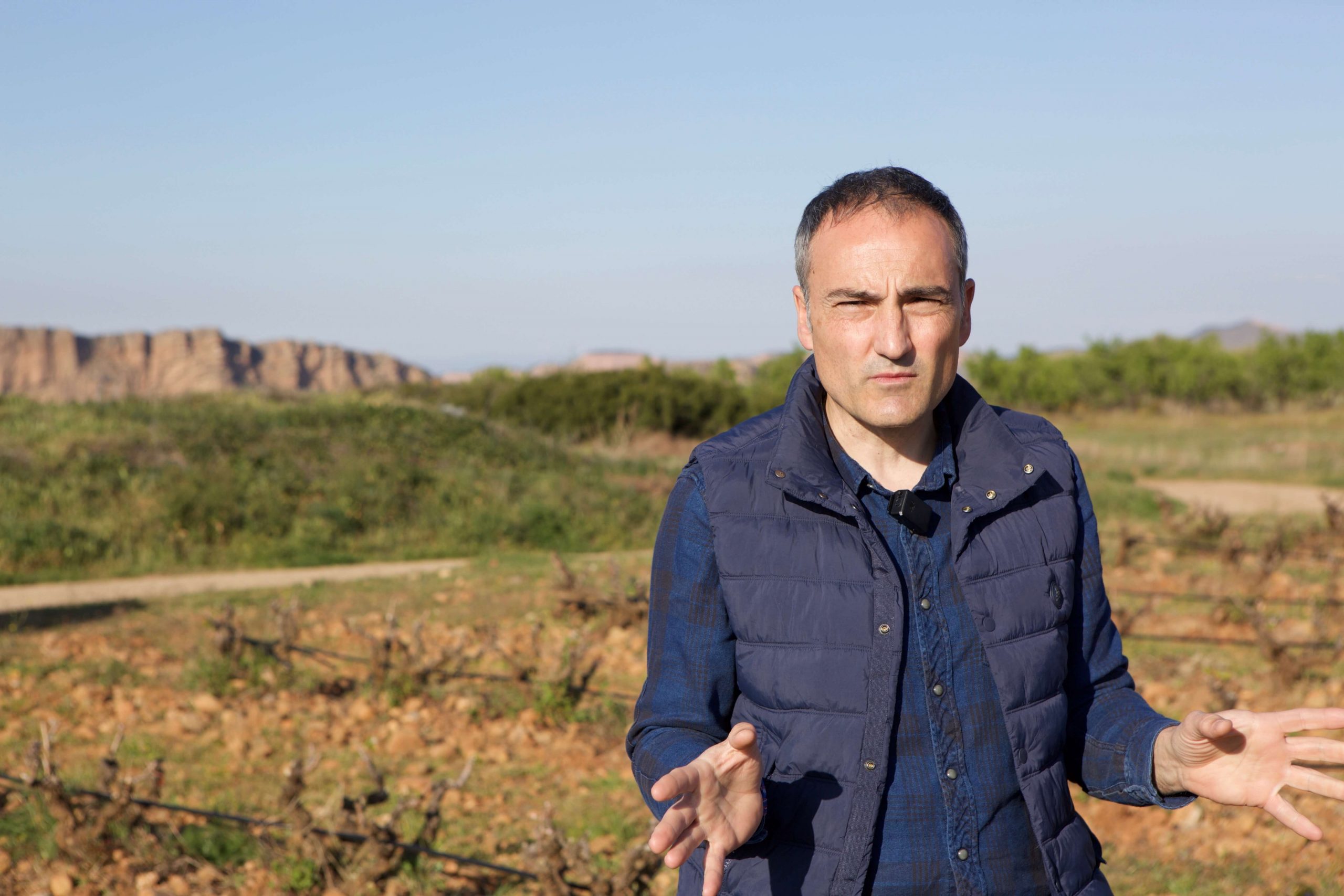
The rebellion seems to manifest itself in their working mostly among these higher-altitude zones that have more complex soil structures and an easier time to achieve the phenolic results they want without big alcohol levels and riper fruit qualities. Alcohol aside, perhaps the shared agenda of these rebels, who seem to have rightly renamed their movement from Rioja’n’Roll to the Rioja Revolution, is to make single-site wines.
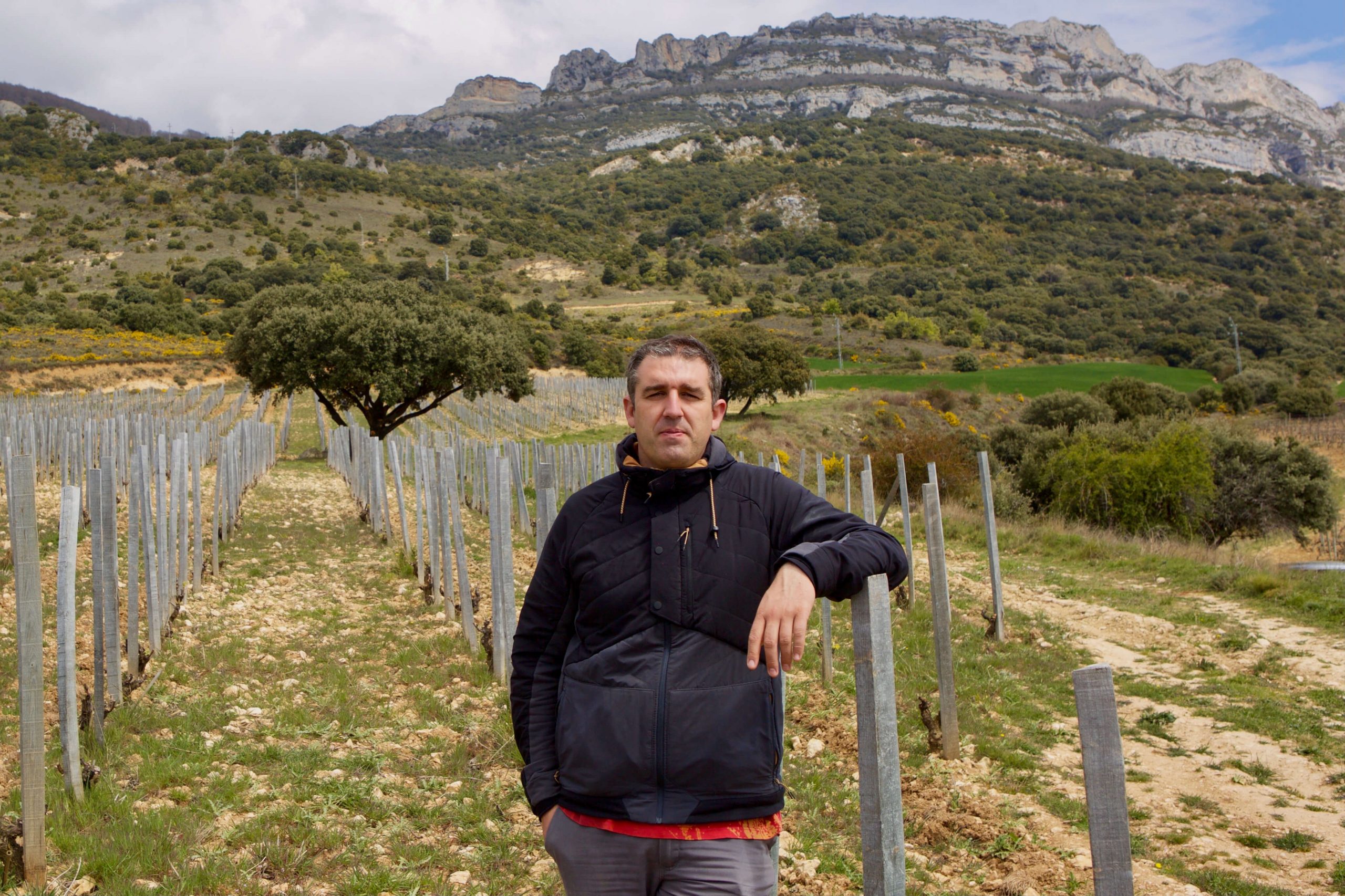
Arturo Miguel, from Artuke, a bodega that seems to be front and center for the Rioja Revolution and for whom everyone in Spain with knowledge of the uprising holds in the highest regard, explained that prior to the 1960s almost all of Rioja red wines were vinified by carbonic fermentation because efficient destemming machines weren’t around yet. This style of wine was simply a consequence of not having enough time, too small a labor force (partially due to the restriction of immigrants under the dictatorship of Franco) and too little money: the family picked it and pitched it into a vat and hardly touched the grapes until they were pressed. They couldn’t sell it for much with this method of winemaking, so they made some changes to the system—and not good ones.
This kind of thinking that prioritized economics led to the removal of ancient vines and replacing them with more productive biotypes (not at all an unfamiliar story!), and of course, young vines themselves are far more productive than old ones. The growers didn’t have to care if the grapes were good, they just needed to reach high-alcohol levels to fetch the highest prices from the big producers in control of the grape market. This resulted in the loss of what would’ve surely been some of Europe’s most prized vineyards, and no doubt Spanish national treasures. There are still some ancient vines to be found from this era, but they are not so common. José, Victoria and another just-turned-forty revolutionary, Miguel Merino, ventured a guess that vines over a hundred years old probably make up less than one percent of the vineyard surface area of Rioja. What a terrible loss for this generation! I’ve seen some of these ancient vines in both Javier Arizcuren’s and José Gil’s vineyards. They are gorgeous, and most continue to look surprisingly healthy.
Many other European wine regions have emerged from virtual obscurity over the last couple of decades, places like Alto Piemonte, Etna, Beaujolais and Jura, as well as many parts of France’s Loire Valley. Rioja’s terroir diversity, with its expansive coverage of over a hundred kilometers east to west, as well as a broad range in altitudes may have given it the ability to withstand climate change, possibly more than many other wine regions, since the vines have already adapted to such extreme conditions.
It’s obvious that Rioja is a sleeping giant, and it appears to be en route to an awakening—perhaps not tomorrow, nor too far down the road, either. Maybe to some it seems like a long shot with the region’s current obsession with sun-soaked, American oak-scarred wines, but to state something that seems obvious, if you believe in terroir—as many of us wine junkies claim to—you cannot ignore the inevitable reemergence of this region in the global marketplace. Rioja is no less historically important in the wine world than other sleeping giants, such as Chianti Classico, which also suffers from confusion about its identity and what it’s supposed to taste like.
If you couldn’t already tell, I think Rioja is an incredible place and it’s going to be fun to continue to learn more about this historic region. Discovery and learning are the best parts of our business because they yield constant humility along with a never-ending excitement for new things. And for those of you who are a bit in the weeds on this region, as I am now, we can slowly walk down this path together.
I’ve got a lot of work to do before I really discuss this place with any great confidence. There is just too much information to reduce Rioja to a bite-size piece. But we plan to be a part of this rising tide by helping these new arrivals bring power back to the families who need to break loose of the grip of the big companies that cornered the market some decades ago. As is happening across the globe, it is plainly obvious inside many wine regions that the disparity between financial classes continues to widen. One of the answers for the wine business that winegrowers need to know is that there is a market out there waiting for them. They don’t need big and costly marketing teams, they just need to focus on quality and authenticity, and the market will reward them.

While we have very few German wines these days compared to when we used to work with the importer Dee Vine Wines, it’s never strayed far from our minds. Through some unlikely “sources” (my old German volleyball buddies who are nuts about Klaus Peter Keller’s wines) we were introduced to an exciting young producer, Katharina Wechsler, who has vineyards in the famous Kirchspiel and Morstein vineyards… She’s also a biodynamic practitioner… got your attention?? I thought so. Obviously the combination of this caliber of vineyards and the philosophy of biodynamics indicates that something special must be happening at Weingut Wechsler. Katharina is crafting exceptional dry Rieslings from these two famous GG sites—although she is not part of the VDP, so you won’t see any reference to “GG” on the bottle—along with some entry-level Rieslings from the same parcels that are total knockouts with very familiar profiles to those who know the wines of Keller, if only in that they are neighbors and their terroirs speak the same language. And then there is her less traditional line of wines, including an orange Scheurebe and other interesting goodies that contrast her classically styled dry Rieslings. I’m really excited to get these wines into the US to show what she is up to. Hopefully they will arrive around July or August.
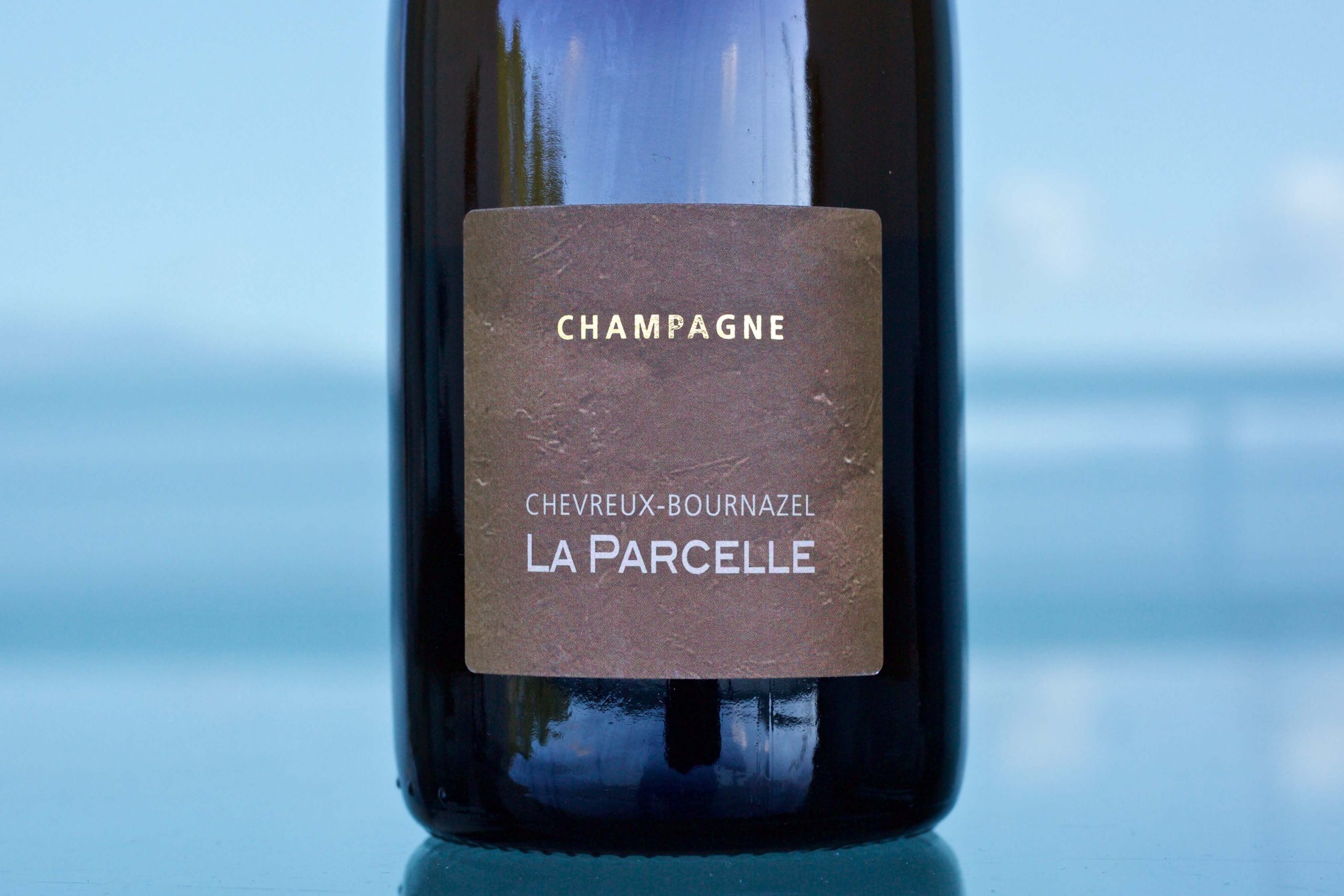
The biodynamic Champagnes of Chevreaux-Bournazel “La Parcelle” will finally arrive in California. We received only a minuscule allocation in our first year of working together before the pandemic hit, but they didn’t make it past Rachel Kerswell, our company’s New York goalkeeper (who’s also an extremely talented striker!). Stéphanie and Julien have an interesting story and approach to their wines since both have seen more harvest time in more places throughout Champagne than probably any other vigneron working in the region over the last decade. Their first enterprise (which is still going today) is a company that organizes harvest help throughout all of Champagne’s regions. It’s given them a lot of perspective on their own biodynamic project out in the middle of nowhereville, in the Vallée de la Marne, which prompted an interview that we’ll post soon about how they view the wine world through their experiences and how they’ve incorporated the best of what practices they’ve seen throughout the various Champagne areas and its top producers, who are now their friends. They have around a single hectare of Pinot Meunier vines grown in a couple of different places on extremely steep, beautiful limestone and silex (chert) bedrock hillsides. The wines are stunning. It’s just too bad they don’t make very much.
A good chunk of Viñateros Bravos is arriving soon from Chile and our staff is beyond excited about them, which indicates that some of our customers must be too. We were finally able to place a much larger order than anytime in the past, improving the prices for everyone. Leonardo Erazo, the owner and winemaker, has really cranked it up over recent years due to his newfound time and focus solely on his own project instead of those in Argentina and France. These wines are “natural” in the best way in that they are straightforward terroir wines from a sunny but windy and cold climate on either ancient granite bedrock or volcanic soils.
Wines from Hubert Lamy, Simon Bize and Guiberteau will be here soon as well. Nuff said…
I did an interview last month with Brendan Stater-West that will be posted online right about the time the wines arrive later this month. It’s a good time to get to know what Brendan is up to now that he has a few more vintages under his belt. He’s stayed the course from the beginning but now things have come into greater focus for him, as in, what he wants to offer in his range in comparison to the wines of his mentor, Romain Guiberteau. Stay tuned for the interview and get ready for the wines.
Riecine is finally hitting the States. It’s been a long wait for these charming but serious wines grown in vineyards in the high altitude areas of Gaiole in Chianti’s Chianti Classico region. Their top 2016 bottlings, Riecine di Riecine and La Gioia, are arriving along with the 2018 Chianti Classico. I was curious how these wines would do when we first signed on with them, and I’m not surprised that they are one of the producers whose wines sell fastest upon arrival.
As usual, Poderi Colla continues to crank out the goods. The 2017 Barolo Bussia Dardi le Rose is landing and will be on the docket toward the end of the month. Like just about every vintage since 2002, 2017 is another Colla success story. The wines are notable for their upfront tannins due to their quicker ripening during the summer months, but given the deliciousness of the Colla’s 2011 Barolo from a similarly warm year, this should shape up quickly over the next months and drink quite well with twenty or thirty minutes open—just like every good Barolo!
Justin Dutraive’s 2019s are finally coming. They’re the lightest vintage yet in color and extraction with some closer to resembling a richer rosé hue than a red wine. This is a welcome approach for Justin’s many Beaujolais Village appellation wines that seem to carry greater mineral and metal textural profiles than his dad’s. The wines were clearly less settled in the tank before bottling in the past, so when you get them, sit them upright for some days (if not at least a few weeks) before popping and go gentle on the pouring to keep those sediments in the bottom of the bottle instead of the glass.
Leigh Ready, The Source Santa Barbara
One of the things I love about these up-and-coming, reviving regions, such as the Ribeiro and Trás-os-Montes, is the discovery of grapes that are new to me. When I’m out in the market showing the Colleita 7 Tinto from Cume do Avia, I explain that it’s a blend of Caiño Longo, Sousón and Brancellao, and this is our third Colleita imported, derived from the Portuguese word, colheita, meaning harvest, aka vintage, which can’t technically be referred to as such, but that’s another story. Unless someone is versed in Galician indigenous varieties or already familiar with Cume do Avia, I’m usually met with raised eyebrows and bulging eyes. “So, what’s it like?” they ask, to which I usually reply, “You just have to taste it.” Please do read The Story about Cume do Avia on our website; it tells a leap-of-faith tale of epic proportions. The wine though… Upon first swirl, this wine emits a sense of liveliness that instantly intrigues, and at around 12%, one can enjoy a couple of glasses sans fog. Crunchy red fruit gives way to tart cranberry compote with a vein of minerality searing through the mid palate to finish. I find myself going back sip after sip to further investigate. It’s deliciously light bodied yet persistent and finding what seems to be imprints from their granite, schist and slate slate soils is a dreamy addition. By trade, I know I’m not supposed to be partial to label design, but theirs is just darling. Serve slightly chilled if you prefer. Salud!

